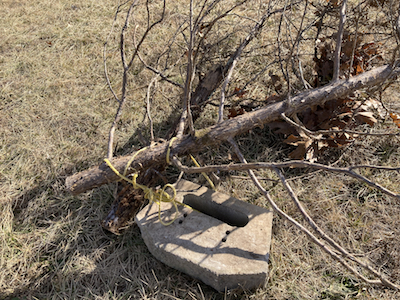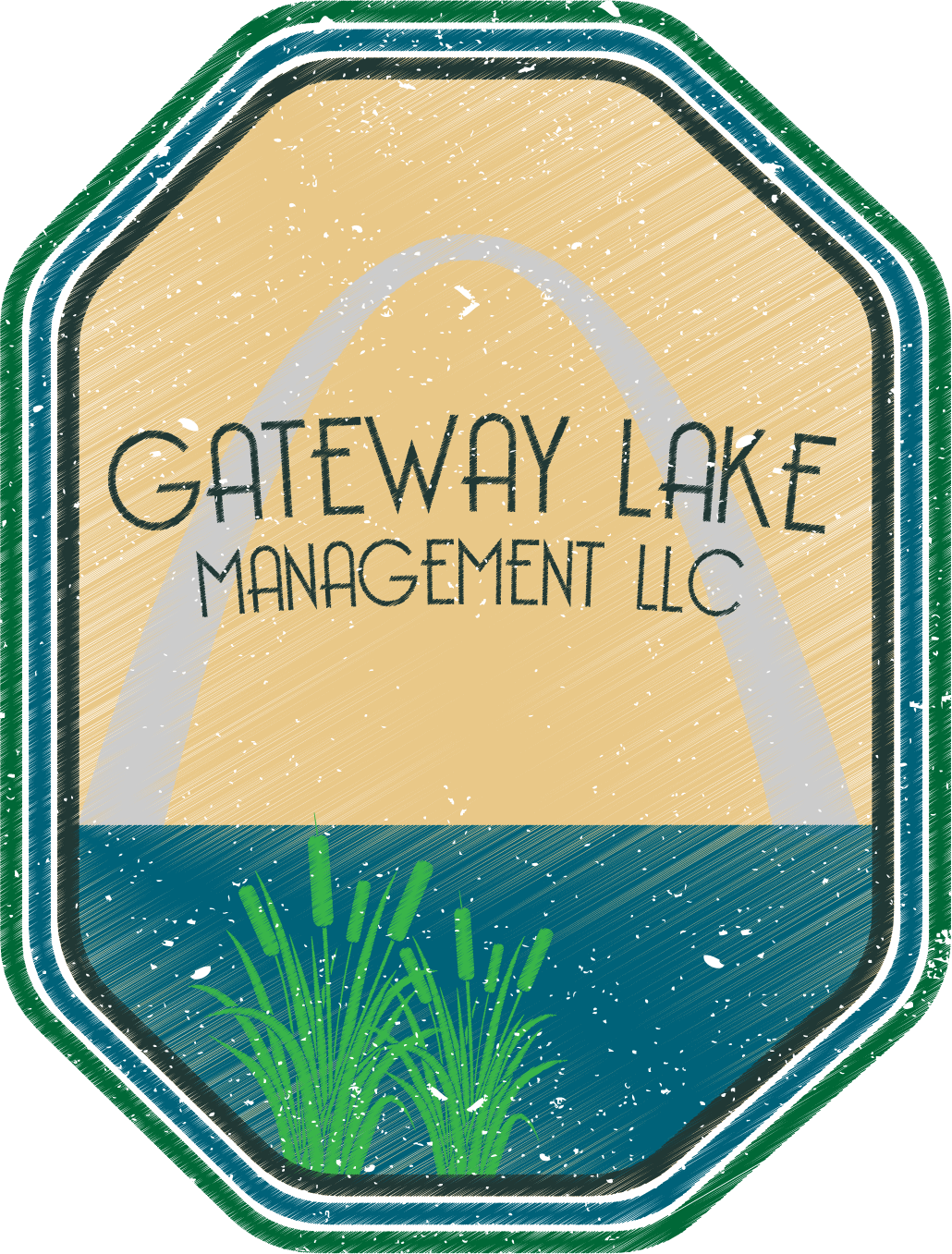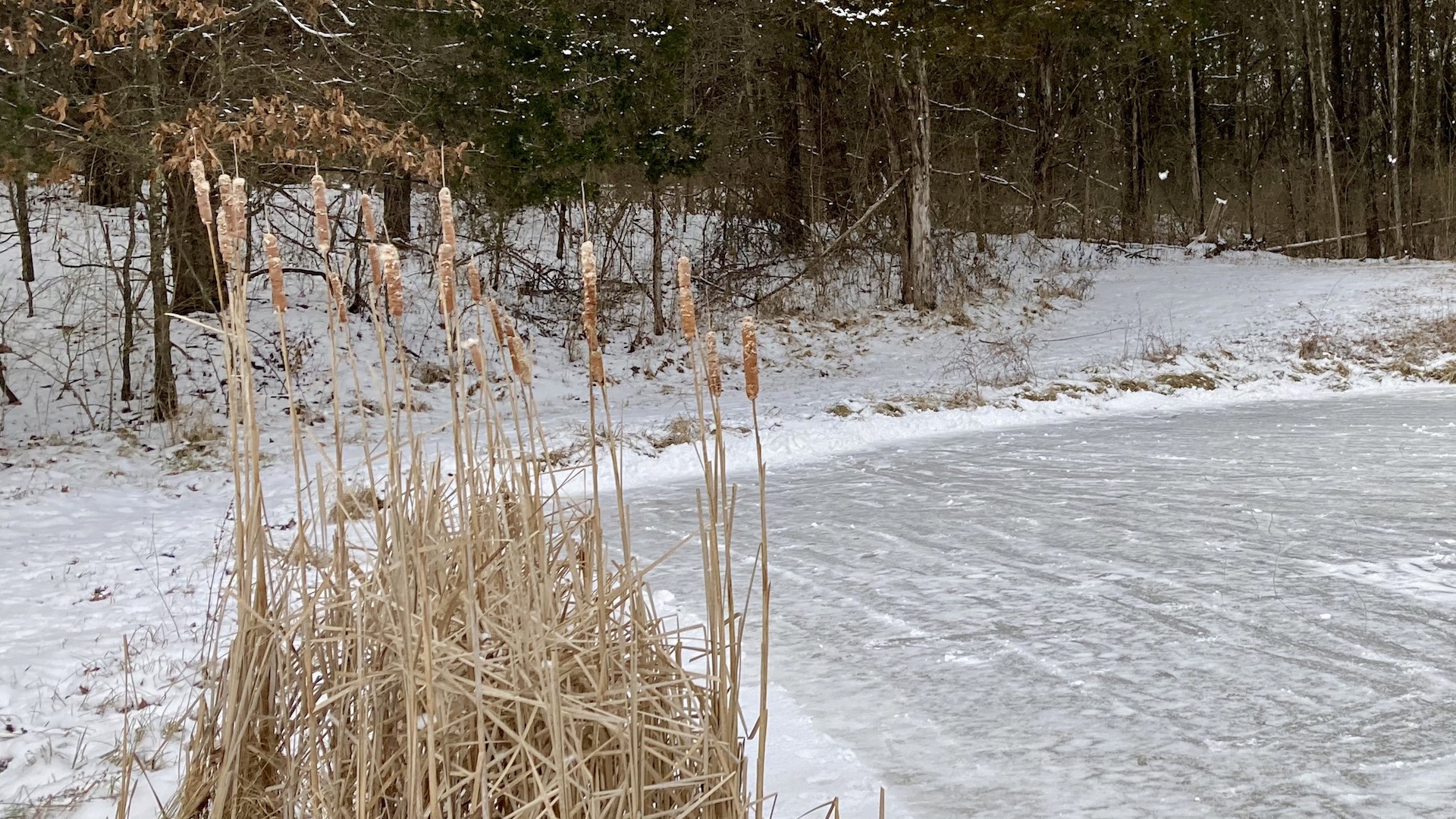When it comes to improving your fishery, creating habitat is an easy must-have for any pond or lake owner. Natural vegetation is great, but it can be costly to manage, time consuming and poses oxygen related issues when decomposing. Habitat is important for providing cover for your growing fry and places where ambush predators like bass can setup and wait.
Materials for building fish habitat
I prefer to use natural materials like discarded Christmas trees or recently dead cedar trees. You can buy different fish habitat structures, which have a longer lifespan, but they are very expensive and typically small in size. You would need too many of them stacked and bundled to create the desired wide and tall three dimensional habitat.
Evergreens have many long slender branches and the wood is resistant to rot, making them an excellent choice. Cedar trees are particularly good for fish habitat. They’re prolific here in Missouri and often considered a nuisance as they block out desirable understory from developing ideal wildlife forage. Using cedar trees for fish habitat gives you the opportunity to selectively thin out specific areas of your property that have been overrun.
Some people worry about nutrients, tannins, and side effects when in water, but these are typically minimal, and the benefits far outweigh the off chance of noticing any difference besides fish growth.
To anchor the trees, I recommend inexpensive materials: cinder blocks that you can purchase from any home improvement store, and thick polypropylene rope as it doesn’t mold or degrade like other materials.

When to install fish habitat
Winter is the perfect time to collect old Christmas trees and evergreens that have been cut in November. By January or February, these trees are almost entirely depleted of needles. Waiting to this point has a couple advantages:
- It will reduce the amount of nutrients caused by the decay of green foliage
- It is easier to drag and place on ice rather than using a boat
Steps to installing fish habitat on a frozen pond
- Check the ice to make sure it is thick enough to walk on, at least 4 inches.*
*Gateway Lake Management LLC is not responsible for accidents or injury arising from walking on ice. Be safe. If you are uncomfortable or unsure, don’t try this yourself. Contact me for habitat installation services. - Using 3 foot sections of rope, tie the blocks near the base of the tree and around the strongest few bottom branches. I suggest 4+ trees per brush pile and 4 brush piles per 1 acre lake or pond. Ideally you want your cedars stacked from the bottom to top and wide creating pockets for ambush predators and thick areas for forage cover. It is highly desired to have a three dimensional brush pile with volume.
- Drag the cedars easily to the desired locations and stack them up on the ice. Brush piles should be placed in areas like points and dams where spawning will occur nearby with both deep and shallow areas accessible. This will allow habitat for all seasons and sizes of forage.
- When the ice melts, the weight of the blocks will pull them to the bottom. If your lake or pond is shallow, you may see the tips or branches until they further lay down.
Repeat this process once every few years and you will always have more structure as older trees settle into the mud and small branches break off from the decay and elements.

